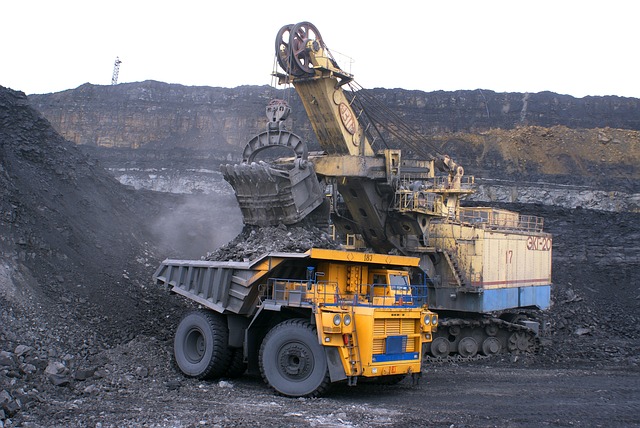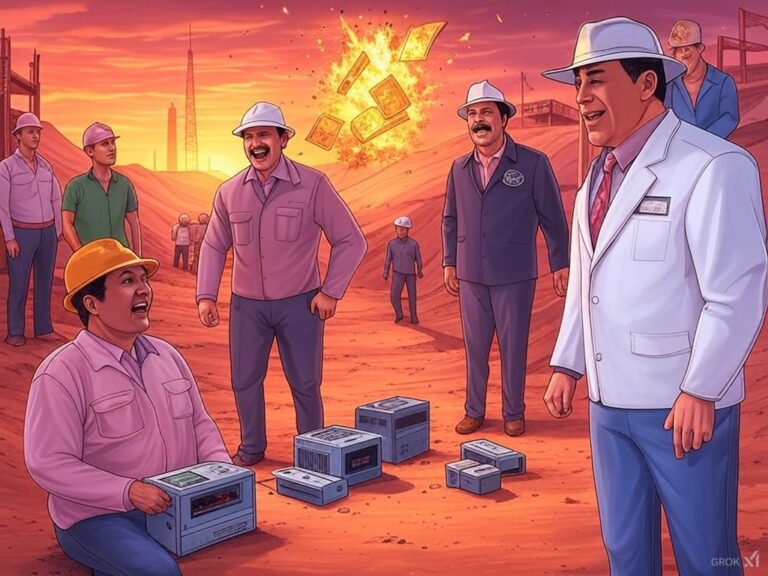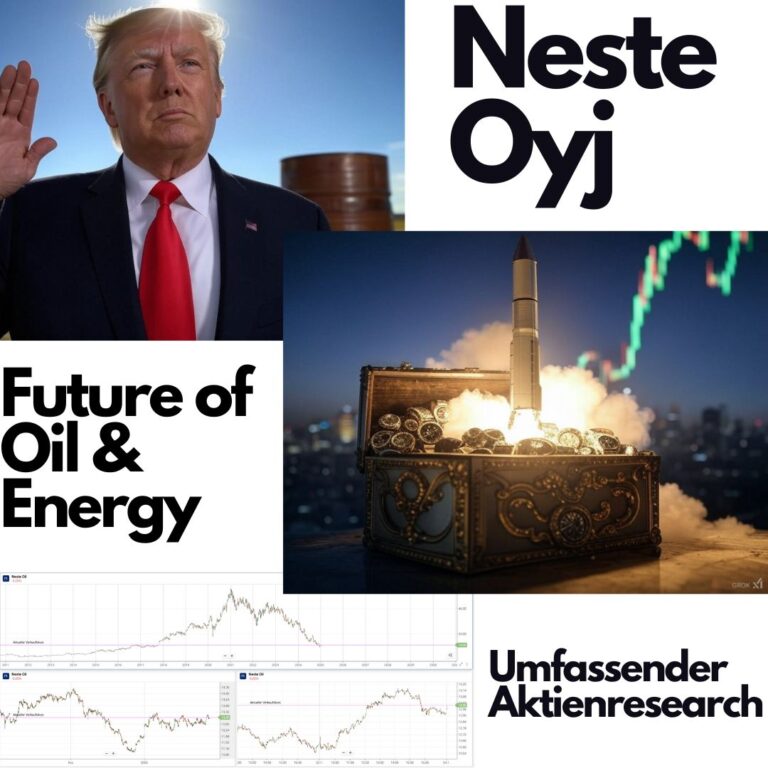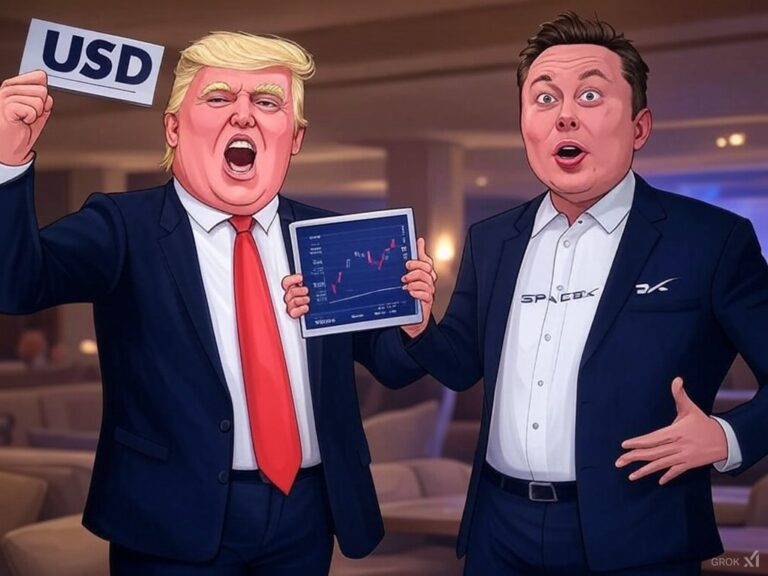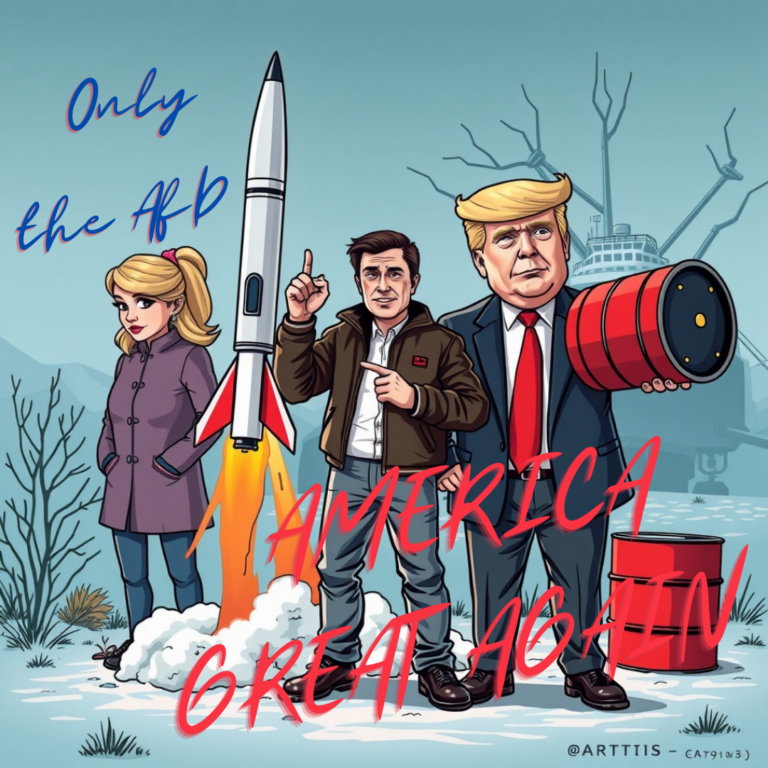Along with lithium, cobalt is an important and indispensable raw material in the production of batteries. The largest amount of the metal is mined in the Democratic Republic of Congo, which is also home to six of the world’s largest cobalt mines.
For investors, the commodity is very interesting due to its desirability. But cobalt is also a controversial raw material and repeatedly hits the headlines, and not just because of the large-scale environmental destruction caused by its extraction. Some of the mining in the Democratic Republic of Congo takes place in illegal mines where children have to work and where gangs and militias finance themselves through the business with the valuable raw material.
It’s not just the electric car boom that makes cobalt so valuable
Cobalt is a very hard metal that only melts at around 1500 degrees Celsius. The shiny silver-gray metal is indispensable in the manufacture of batteries due to its properties.
But it is not only the boom in the production of electric vehicles that makes the raw material so sought-after. Cobalt is also urgently needed in battery production for smartphones, laptops, tablets and the like, as well as for many household appliances, and also in metal production.
Cobalt mining controversial
Nearly half of the world’s cobalt deposits are located in the Democratic Republic of Congo. Six of the ten largest cobalt mines, including that of the largest mining group Glencore. The Swiss mining company alone has a global market share in cobalt production of more than 20 percent.
But in the Congo, cobalt is also partly mined in illegal mines, where conditions are more than adventurous. Child labor, actually unacceptable working conditions and low wages are the order of the day there. To this end, gangs and militias in Congo are largely financed with the help of cobalt mining.
Cobalt mining is also repeatedly targeted by environmentalists due to environmental degradation.
Investing in cobalt – does it make sense?
As with all commodities, the cobalt price is very volatile. From 2016 to early 2018, the price of cobalt quadrupled due to ever-increasing demand. At the same time, however, cobalt production increased enormously during this period.
In 2019, the cobalt price therefore fell sharply due to an oversupply that had arisen in the meantime. In the meantime, prices have picked up again, as the former oversupply will be reduced sooner or later.
For investors, the renewed price increase could be an impulse to enter the trade. In the long term, however, the question remains whether cobalt will be as sought after in the future as it is today.
Along with lithium, cobalt is an important and indispensable raw material in the production of batteries. The largest amount of the metal is mined in the Democratic Republic of Congo, which is also home to six of the world’s largest cobalt mines.
For investors, the commodity is very interesting due to its desirability. But cobalt is also a controversial raw material and repeatedly hits the headlines, and not just because of the large-scale environmental destruction caused by its extraction. Some of the mining in the Democratic Republic of Congo takes place in illegal mines where children have to work and where gangs and militias finance themselves through the business with the valuable raw material.
It’s not just the electric car boom that makes cobalt so valuable
Cobalt is a very hard metal that only melts at around 1500 degrees Celsius. The shiny silver-gray metal is indispensable in the manufacture of batteries due to its properties.
But it is not only the boom in the production of electric vehicles that makes the raw material so sought-after. Cobalt is also urgently needed in battery production for smartphones, laptops, tablets and the like, as well as for many household appliances, and also in metal production.
Cobalt mining controversial
Nearly half of the world’s cobalt deposits are located in the Democratic Republic of Congo. Six of the ten largest cobalt mines, including that of the largest mining group Glencore. The Swiss mining company alone has a global market share in cobalt production of more than 20 percent.
But in the Congo, cobalt is also partly mined in illegal mines, where conditions are more than adventurous. Child labor, actually unacceptable working conditions and low wages are the order of the day there. To this end, gangs and militias in Congo are largely financed with the help of cobalt mining.
Cobalt mining is also repeatedly targeted by environmentalists due to environmental degradation.
Investing in cobalt – does it make sense?
As with all commodities, the cobalt price is very volatile. From 2016 to early 2018, the price of cobalt quadrupled due to ever-increasing demand. At the same time, however, cobalt production increased enormously during this period.
In 2019, the cobalt price therefore fell sharply due to an oversupply that had arisen in the meantime. In the meantime, prices have picked up again, as the former oversupply will be reduced sooner or later.
For investors, the renewed price increase could be an impulse to enter the trade. In the long term, however, the question remains whether cobalt will be as sought after in the future as it is today.
The hype surrounding electric vehicles is still driving demand for cobalt. But many automakers are already experimenting with cobalt-free batteries. Tesla is even said to be using batteries that are at least partially cobalt-free. However, if the trend towards cobalt-free batteries finally catches on in the other sectors, the hype surrounding the coveted raw material is likely to be over.

